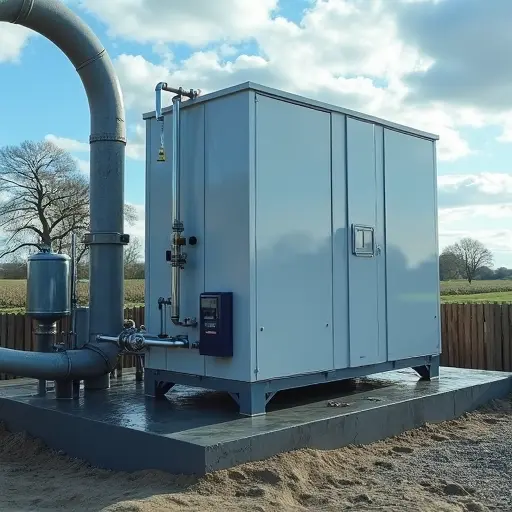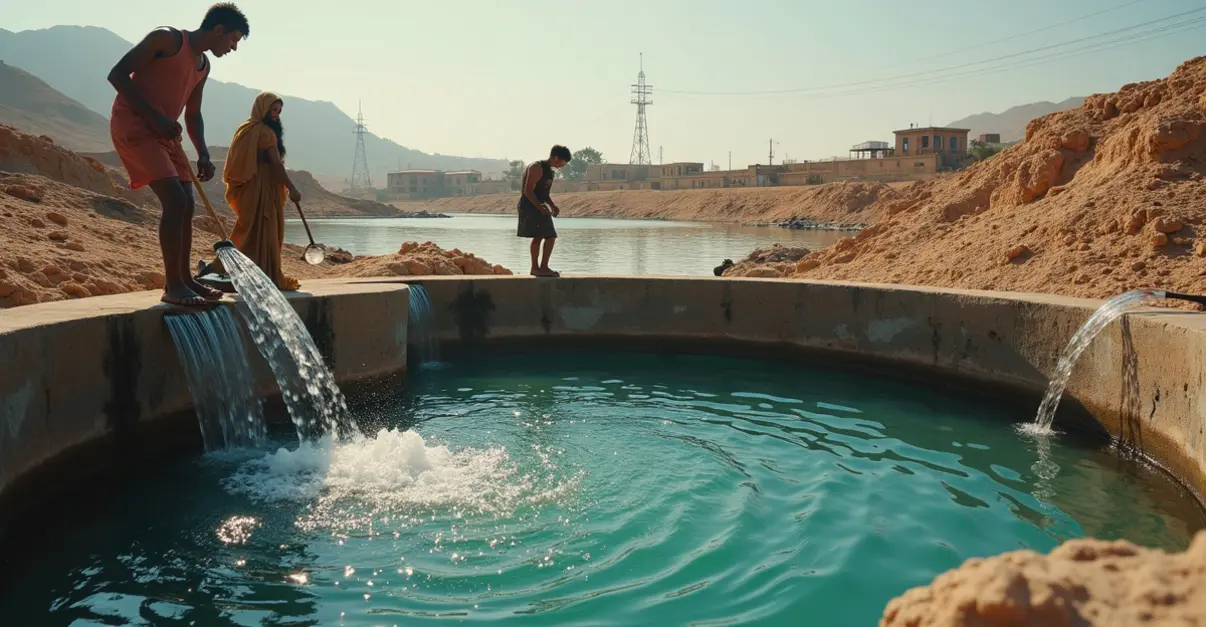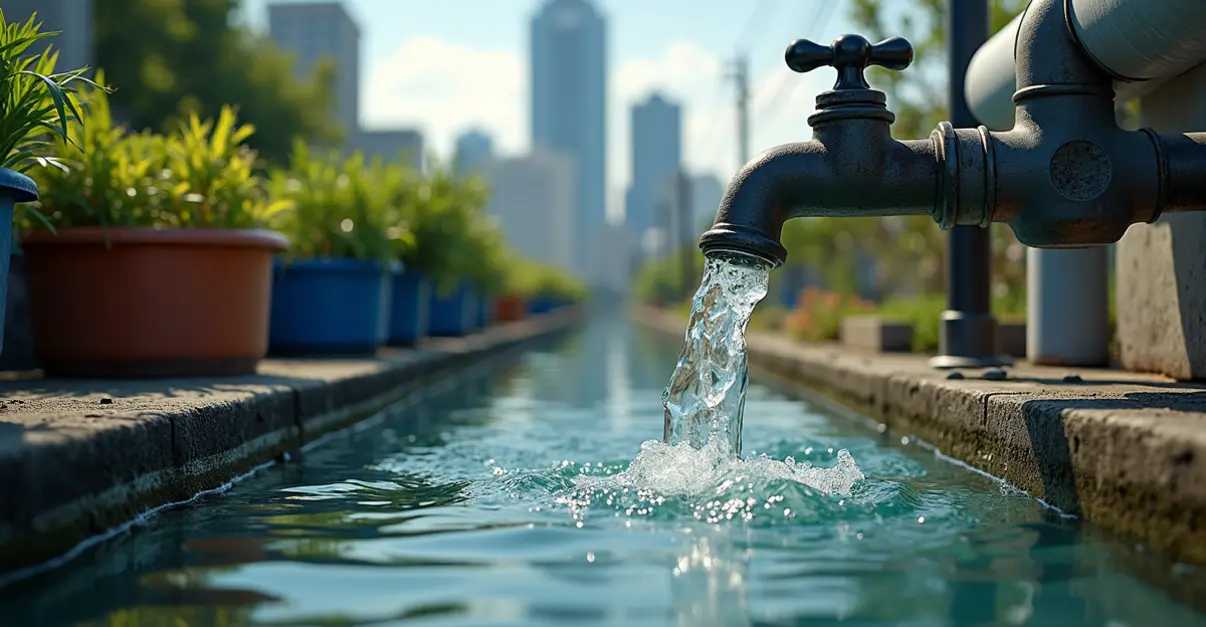Atmospheric water generators extract drinking water from humid air, offering sustainable solution to global water scarcity affecting billions. Recent innovations improve efficiency for residential, commercial and emergency applications.

Revolutionary Technology Extracts Drinking Water From Humidity
In a world where over 2 billion people face water scarcity, atmospheric water generators (AWGs) are emerging as a groundbreaking solution that literally pulls drinking water from thin air. These innovative devices extract moisture from humid ambient air and convert it into clean, potable water through advanced filtration and purification processes.
How Atmospheric Water Generators Work
AWGs operate using several different technologies, with cooling condensation being the most common approach. These systems use compressors to circulate refrigerant through condensers and evaporator coils, cooling the surrounding air until it reaches its dew point. Once condensation occurs, water droplets form and are collected, then purified through multiple filtration stages including UV sterilization and mineralization.
As one industry expert explained, 'The beauty of this technology lies in its simplicity - we're essentially mimicking nature's own water cycle, but in a controlled, accelerated manner.'
Recent Breakthroughs and Applications
Recent innovations have significantly improved AWG efficiency and accessibility. MIT engineers have developed window-sized panels using hydrogel material infused with salt that can extract water even in extremely dry environments like Death Valley. These passive systems require no electricity, relying instead on solar heating to release captured moisture.
Companies like Watergen and Genesis Systems are leading the commercial deployment of this technology, offering systems ranging from small residential units producing 10+ gallons daily to industrial models capable of generating up to 1,000 gallons per day.
A researcher from MIT noted, 'Our goal is to eventually supply household drinking water in arid regions where traditional water sources are increasingly unreliable due to climate change.'
Global Impact and Future Potential
The global market for atmospheric water harvesting is valued at over $2 billion, with applications spanning from emergency disaster relief to industrial processes requiring ultra-pure water. DARPA's Atmospheric Water Extraction program aims to develop portable devices that can provide water for 150 soldiers, highlighting the military applications of this technology.
While challenges remain, including energy consumption and cost-effectiveness in extremely dry conditions, innovations continue to address these limitations. Solar-powered AWGs and hybrid systems combining multiple technologies are making the systems more efficient and accessible.
As climate change intensifies water shortages worldwide, atmospheric water generators represent a promising component of climate-resilient infrastructure that could help provide potable water to the estimated one billion people who could benefit from this technology.

 Nederlands
Nederlands
 English
English
 Deutsch
Deutsch
 Français
Français
 Español
Español
 Português
Português









